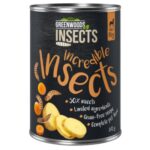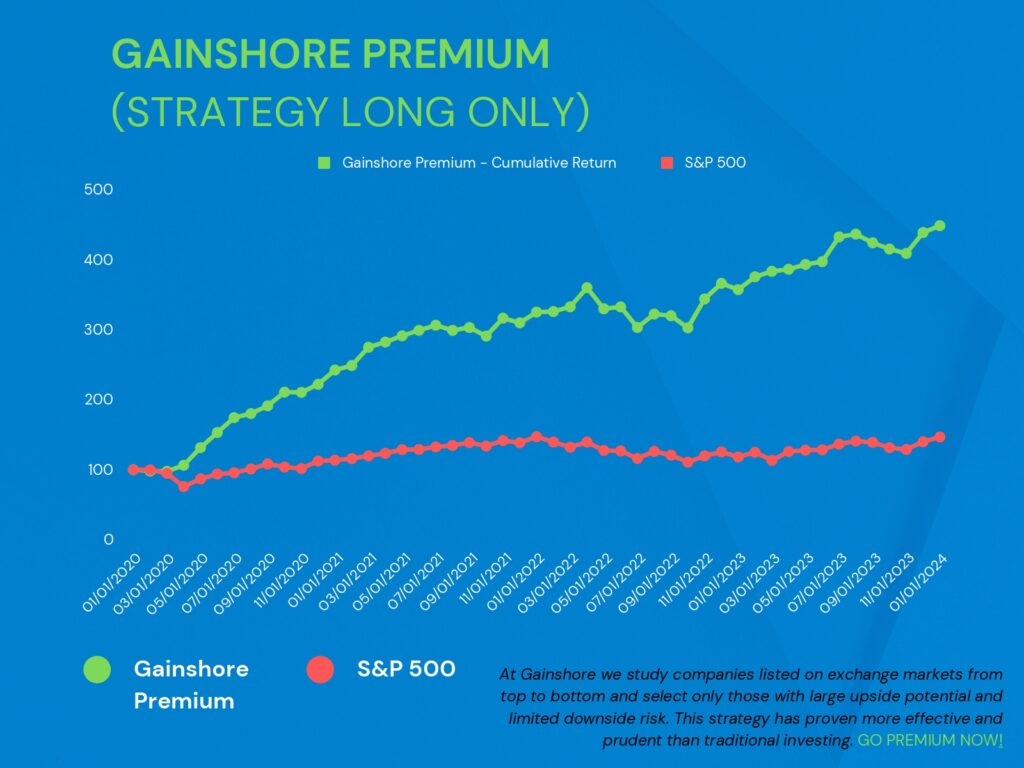Whether we like it or not, insect food will be humanity’s future.
While it is still early to declare a food crisis, some economists predict that consumers will have significantly fewer options for meat and protein. So discovering the right insect food stocks where to invest in today could generate substantial profit tomorrow.
Table of Contents

Why on earth shall we eat insects?
The world’s population tripled in the last 70 years, reaching 8.0 billion in November 2022 from about 2.5 billion people in 1950, and is forecasted to keep rising by about 20% in the next 30 years and by 30% by 2085. Source: https://www.un.org/en/global-issues/population.
Food production must be drastically increased to meet the growing global population’s food requirements.
Furthermore, there is rising demand for alternative proteins from the animal feed industry due to the rising fish and soy meal prices and the growing aquaculture industry. Insect proteins could be a great solution also for animal food due to their high nutritional value.
This trend will have important implications for the food industry and its supply chain. It will require finding environment-friendly and sustainable food production methods and food sources with high nutritional content.
In Europe and the United States, new government approvals are widening the potential use of insect food and processed animal proteins (PAPs) – previously banned after the spread of mad cow disease – for human and animal consumption.
Producing insect protein requires considerably fewer resources than traditional livestock. Insect farms produce lower carbon dioxide emissions than conventional livestock farms. Insects can also feed on organic waste products such as vegetable and animal waste, reducing the problem of waste disposal. In addition, insects are very efficient at converting their feed into protein, as they require much less than traditional livestock. Furthermore, water conservation is also accomplished as insects are cold-blooded and can meet water requirements through their feed.
Insect food market

The insect food market is forecasted to reach $9.46 billion by 2030, record a compounded annual growth of return (CAGR) of 28.4% between 2022 and 2030 and serve more than 400 million consumers. The insect protein market shall grow even faster in volume, at about 31% CAGR, to reach nearly 3 million tonnes by 2030.
The growth of the insect food market is driven by the increasing greenhouse gas emissions of traditional intensive livestock farming, the high nutritional value of insects, the environmental benefits of edible insects, the growing demand for PAPs in the feed industry, and the low risk of transmission of zootechnical diseases through edible insects.
As explained below, the insect protein market is segmented by Products, Insect Types, Applications (Animal Feed, Protein bars & Shakes, Bakery, Confectionery, Beverages), End-Users, and Geographies.
Insect food products
- Whole insects – expected to account for the largest share of the insect protein market since they are cheaper and do not require insect processing facilities
- Insect powder – estimated to have the highest growth and intercept the health & wellness growing trend
- Insect meal or insect flour
- Insect oil.
Insect types
- Crickets – expected to account for the largest share of the insect protein market thanks to the higher incorporation into food recipes and products, high nutritional value, ease of farming & processing of crickets, and the rising demand for products such as protein powders, protein bars, and snacks
- Black soldier flies – expected to have the highest growth
- Buffalo worms
- Grasshoppers
- Mealworms
- Silkworms
- Waxworms
- Honeybees
- Cockroaches
- Lac insects
- Cochineal
- Cicadas
- Ants
- Others.

Human consumption is projected to account for the largest share of the insect protein market.
Based on geography, Asia-Pacific shall account for the largest share of the insect protein market, while North America’s market is envisaged to grow at the highest pace.
The insect market hegemony in Asia-Pacific is favoured by the well-established commercial farming market for insects, especially in Thailand, the wide availability of various insects, the positive attitude towards insects as food & feed in Southeast Asia, the absence of regulatory barriers and the presence of key market players in the region.
The increasing demand for insect protein foods in North America is due to the rising familiarity with insects as food, decreasing food neophobia, and growing attention to environment-friendly food.
Insect food for dogs and cats
As the popularity of pet ownership is increasing, so is the demand for healthy pet food ingredients.
Insects may represent an excellent source of proteins for pets, and insect food for dogs and cats are already available in most of the world.
A question mark on food from insects to humans and pets concerns intolerance or sensitivity to certain enzymes that may irritate the gastrointestinal tract. Therefore, the most significant challenge of the insect food market is to ensure that these novel proteins – protein sources to which the organism has never been exposed before – will not trigger allergies or other health issues.
Sources:
https://www.meticulousresearch.com
https://en.wikipedia.org/wiki/Insect-based_pet_food
Insect food companies
Companies in the food & beverage sector, from America to South Africa, India and Malaysia, are dramatically increasing investments in the insect protein market.
Most food companies focused solely on insect farming and processing are private companies – start-ups or early-stage ventures – like the French Ynsect, the Singaporean Insectta Pte, and the American Beta Hatch.
As often happens in the private equity world, many of insect food companies will either go public via IPOs or be acquired by well-established large companies in the food & beverage industry; this process is already taking place as we write.
This means that even small investors can invest indirectly in insect food stocks through share ownership in established companies in the food & beverage sector.
Take a look at some of the companies we have under analysis.
Questions & Answers
Is insect food approved today?
Yes and no. Some insect species have been approved in certain jurisdictions, while others are in the process of being approved.
In Europe, the Novel Food Regulation requires any novel food product to be authorised before being placed on the Union market. Read more here
What types of foods are made with insects?
- Protein Bars & Protein Shakes
- Baked Products & Snacks
- Insect Confectioneries
- Insect Beverages
- Others.
Why is the insect food market expected to grow exponentially in the following decades?
Insect food is considered the only environment-friendly way to feed a rapidly growing population.
What insects will be mostly eaten?
Crickets.
Is it possible to invest in insect food stocks?
Most insect food companies today have a private structure, meaning their shares cannot be easily exchanged in a regulated market.
While investing in private equity may require very high minimum capital amounts (hundreds of thousands or millions) and long-term commitment (10-15 years), at Gainshore, we focus on listed companies whose stocks are daily liquid and can be accessed with any starting amounts (<$1000).
At Gainshore, we have been scrutinizing and constantly monitoring about 200 hundred stocks from the food & beverage and the food insect industry, like Unilever (UL), Nestlé SA (NESN.SW), and Kellogg Company (K), selecting only the most solid undervalued opportunities with significant upside potential and limited downside risk.
Best Investments For 2024
Gainshore has achieved an extraordinary 100% winning rate on Long Term Stocks, and the Short Term Stocks have repeatedly been beating all global equity markets.
Anyone can invest independently with Gainshore. It is straightforward and does not require time, effort, or financial expertise.







